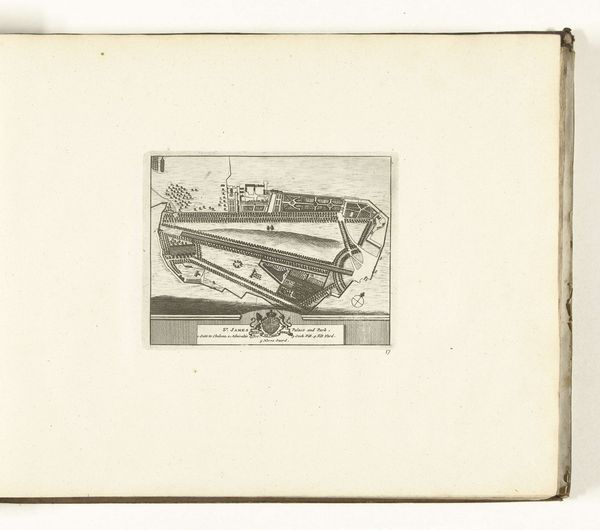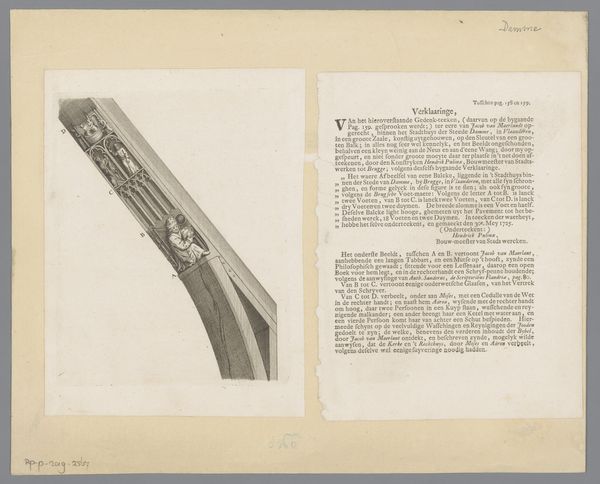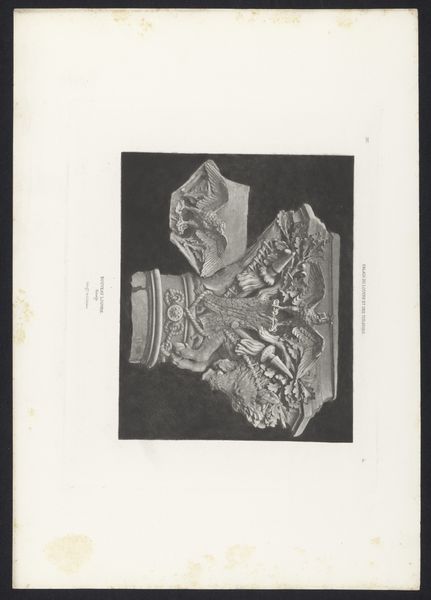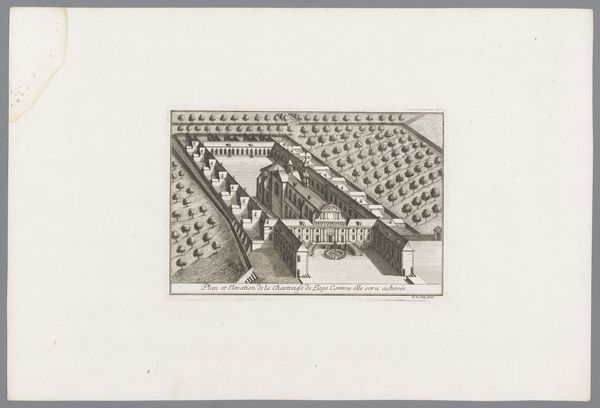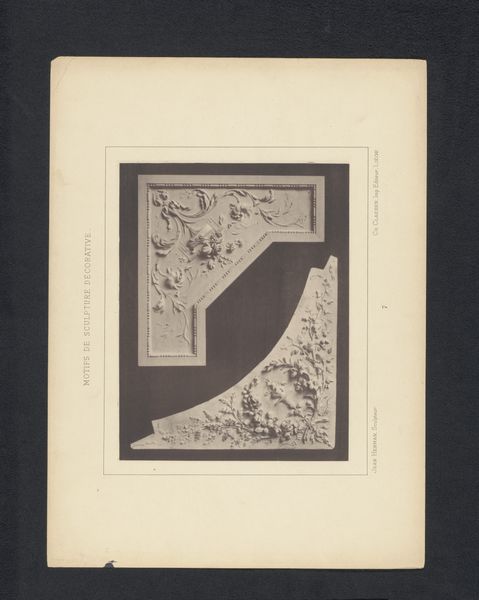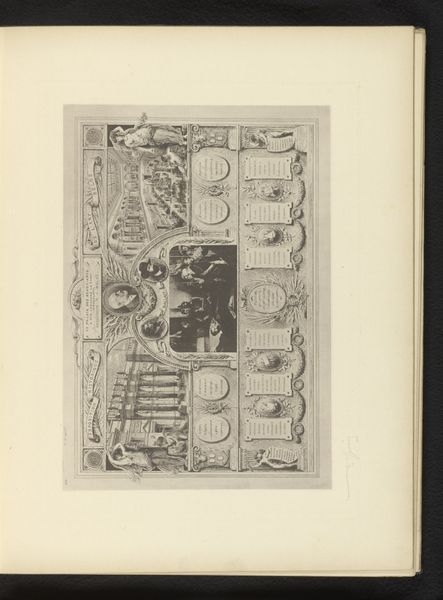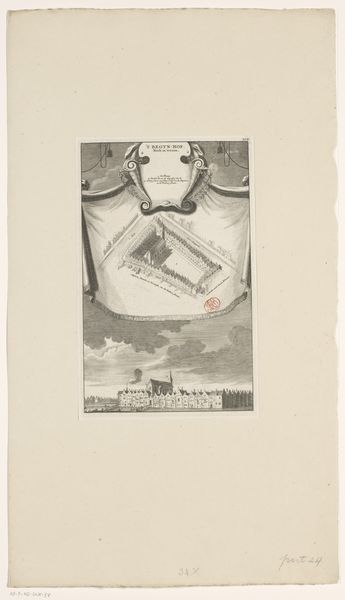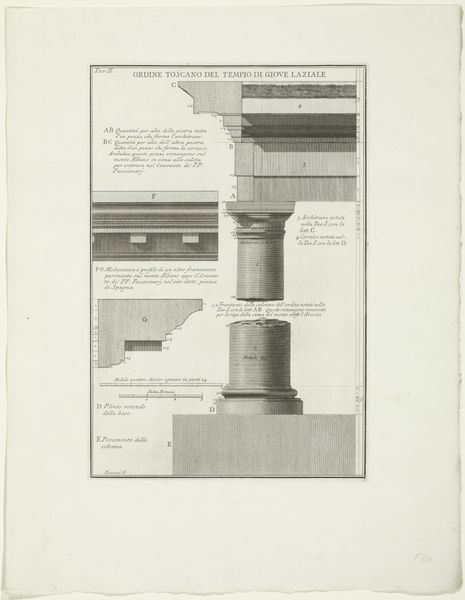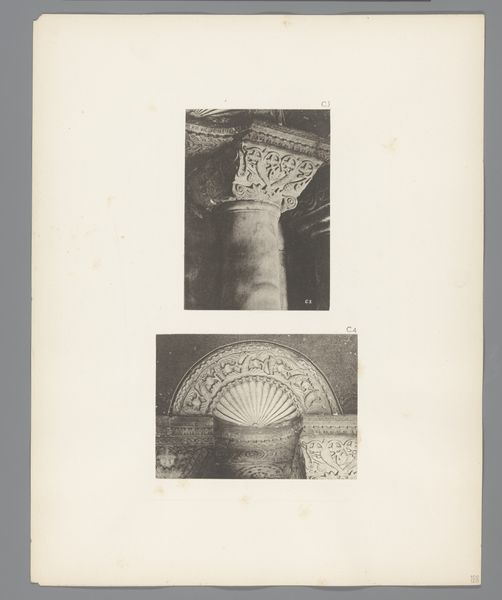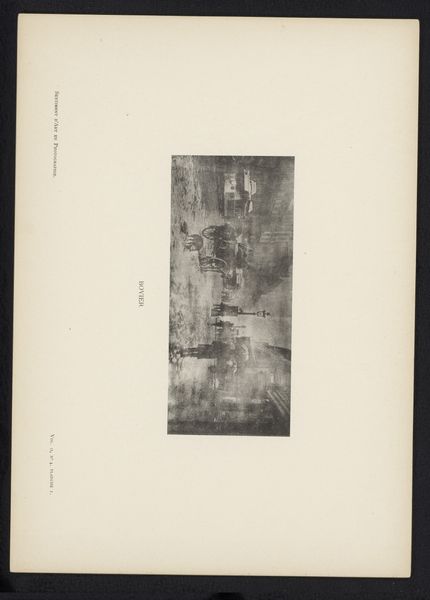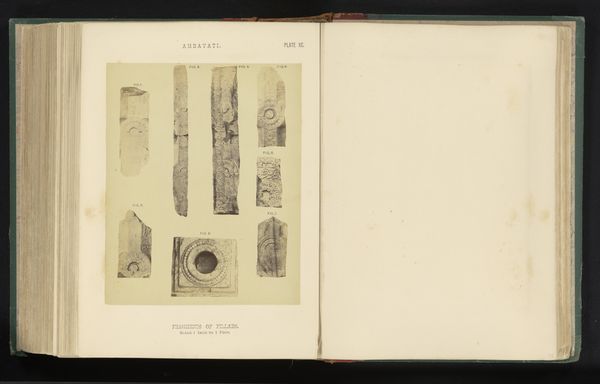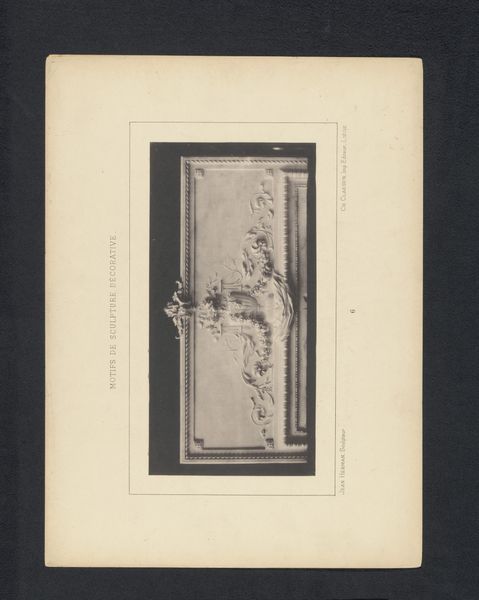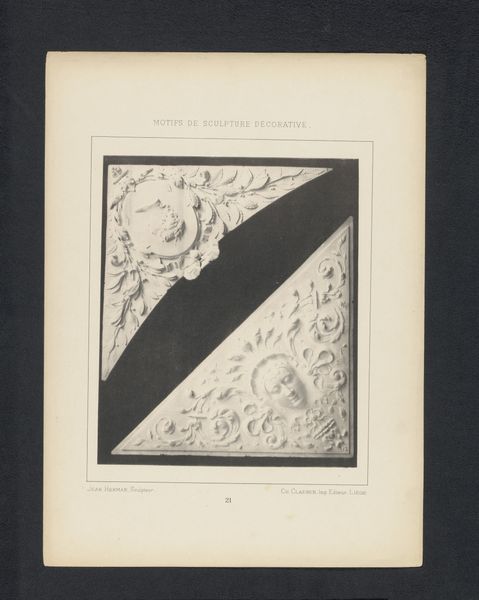
Scheidingsmuur in een waterreservoir in de Albaanse Heuvels 1762
0:00
0:00
giovannibattistapiranesi
Rijksmuseum
print, etching, engraving, architecture
#
neoclacissism
#
ink paper printed
# print
#
etching
#
pencil sketch
#
old engraving style
#
landscape
#
etching
#
perspective
#
geometric
#
engraving
#
architecture
Dimensions: height 304 mm, width 228 mm
Copyright: Rijks Museum: Open Domain
Editor: This is Giovanni Battista Piranesi's "Scheidingsmuur in een waterreservoir in de Albaanse Heuvels," from 1762, a print currently held at the Rijksmuseum. I’m immediately struck by its technical detail. It feels more like an architectural blueprint than a landscape, in a way. What’s your read on this piece? Curator: Well, placing this work within its historical context, we see Piranesi contributing to the burgeoning field of archaeology. The "blueprint" quality you noted aligns with the Enlightenment's desire to categorize and understand the world through reason and measurement. However, his romantic, exaggerated style also speaks to the period's fascination with the grandeur of the past. Editor: So, it’s a fusion of rationalism and romanticism? How did the public receive works like this? Curator: Prints such as this circulated widely among educated elites and aspiring architects. They were fascinated with the rediscovery of classical antiquity and eager to adapt those forms and principles to modern architecture and engineering. Piranesi, through his artistic vision, shaped their understanding of Roman achievement. Notice how his use of dramatic perspective influences how we see this functional structure? It's both practical knowledge and a monument. Editor: It’s almost propaganda, showcasing the brilliance of Roman engineering. Did these prints influence contemporary engineering techniques? Curator: Indirectly, certainly. They fueled a desire to emulate Roman infrastructure, contributing to the prestige associated with classically inspired public works. The visual language employed by Piranesi also shaped popular imagination of these forms; it's a blend of factual document and myth-making. This then informed expectations of how public works should look and feel. Editor: It’s fascinating to think about art not just reflecting society but also actively shaping it! Thanks for untangling this. Curator: My pleasure. Understanding the social function of art—how it’s circulated, interpreted, and used—deepens our appreciation of its impact. It helps us understand how power structures are often implicit within artworks like this.
Comments
No comments
Be the first to comment and join the conversation on the ultimate creative platform.
